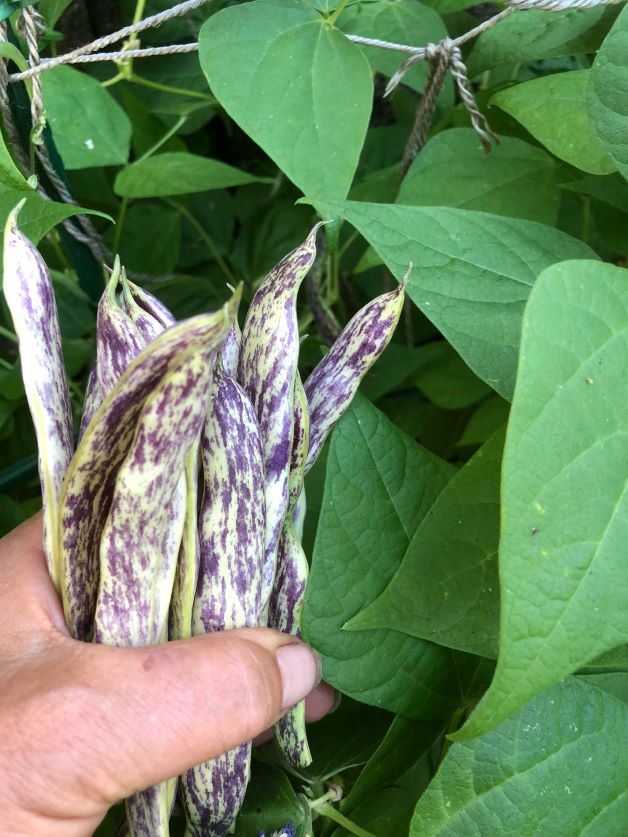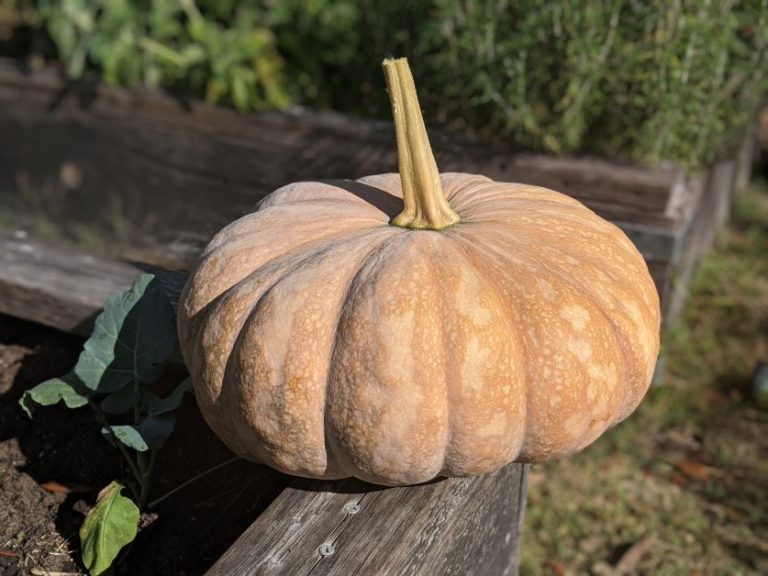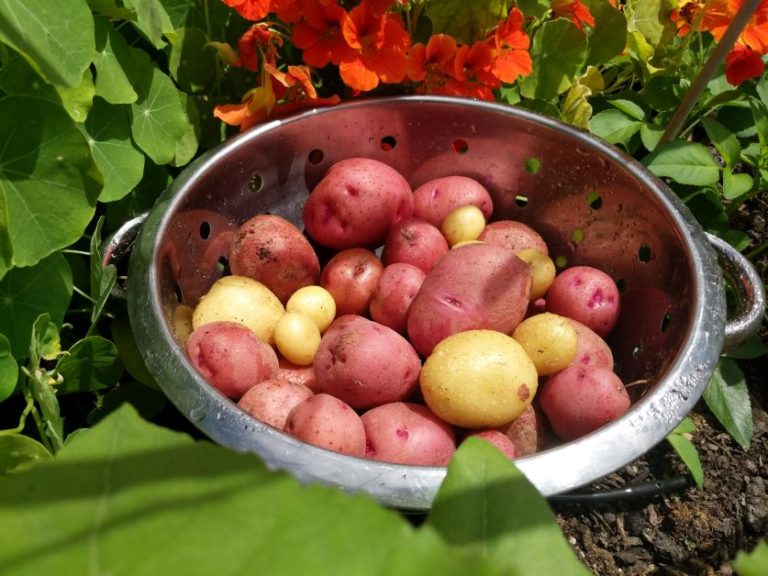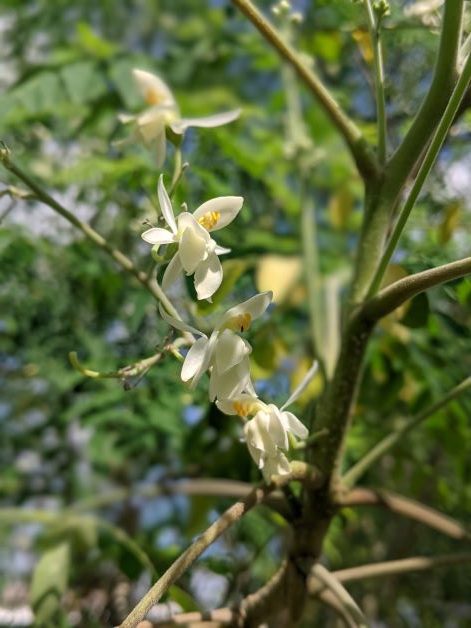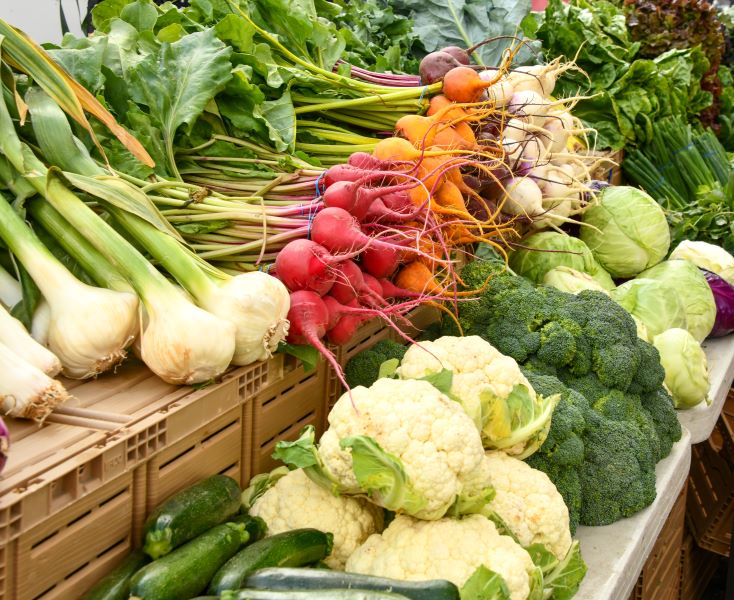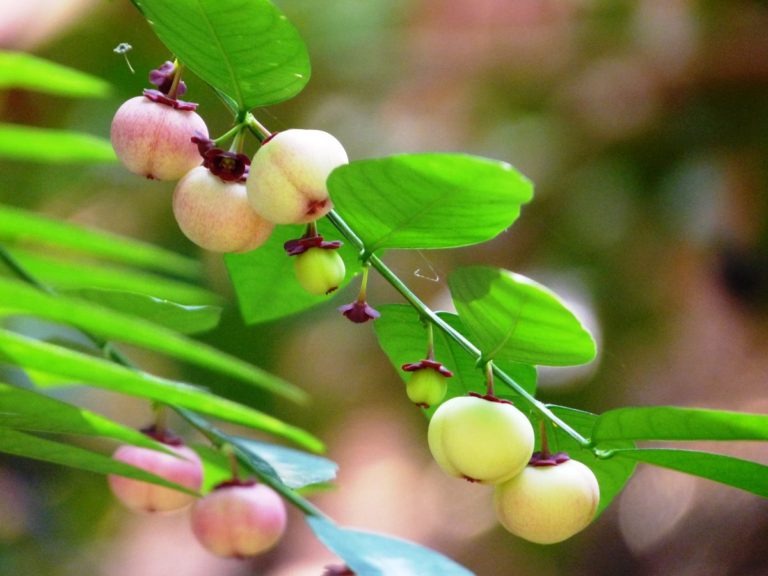How to Grow Beans in Florida
Beans are one of those crops that everyone says are easy. Not for me, and it’s kind of embarrassing. My husband comes from a long line of commercial soybean farmers, so I should be a bean queen. Sadly, this isn’t the case…at least not until recently.
Learning how to grow beans in Florida took a lot of trial and error but I’ve finally cracked the code and I’d like to share it with you. If you’re like me and struggle to grow beans in Florida, this guide is for you.
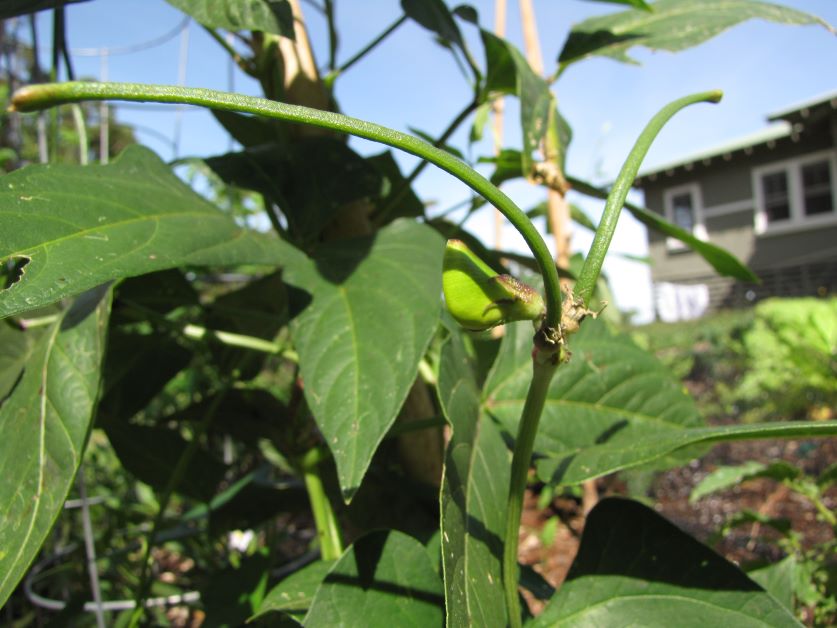
What Beans Grow in Florida?
One of the most important things you need to do to grow a bumper bean crop in Florida is to grow the right variety. Although you can grow green beans in Florida, beans from Africa, India, and Asia are much easier to keep healthy. These tropical, drought-tolerant beans are built to handle our high humidity, extreme heat, and heavy pest pressure.
We’ve curated a list of the best beans to grow in Florida to get help get you started.
When to Plant Beans in Florida
There are 2 bean planting seasons in Central and South Florida and 1 planting season in North Florida.
[table id=18 /]
How to Plant Beans in Florida
- Beans don’t like to be transplanted and should be directly sown.
- Bury each bean 1 inch deep and 3 inches apart. Keep each row at least 36 inches apart.
- Water your beans in and keep the soil moist but not soggy.
- If you’re growing pole beans, you’ll need to give your plant something to climb on. Plant your beans next to a trellis, or you can make a homemade bean tepee out of bamboo poles. Most bush varieties like to climb a little too, but not nearly as much as pole beans. You can plant these next to a DIY garden fence.
Bean Growing Conditions
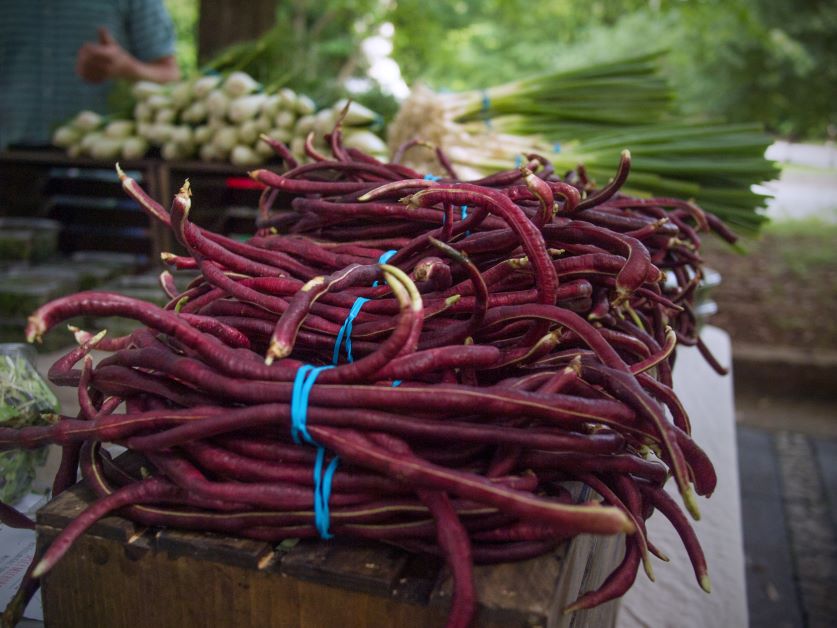
Temperature
Although beans are a warm-weather crop, they don’t do well in the middle of Florida summer. 65F to 85F is the ideal temperature range for most varieties of beans.
Light
Beans are a full sun crop and need 6 to 8 hours of sunshine a day.
Water
Some beans are more drought-tolerant that others. Most beans need a moderate amount of water but check for your beans’ specific water requirements if you’re growing an exotic variety.
Soil
Beans like a soil pH between 6 and 7. Fertile and loamy is best, but they aren’t picky as long as the soil is well-draining. A lot of soil in Florida is nutrient-deficient. If this is true in your garden, amend your soil 2 weeks prior to planting with oak leaf compost.
Fertilizer
Beans need less fertilizer than most other vegetables. This is because they produce their own nitrogen (called nitrogen-fixing). If you amend your soil before planting, beans should only need 1 more dose of organic low-nitrogen fertilizer right before they bloom.
Pruning
Pruning isn’t usually needed when growing beans, but removing excess foliage can help improve airflow. You should also remove any leaves that contract fungal disease.
Harvesting
How long it takes for your beans to go from seed or harvest depends on the variety you grow. With any beans, though, the more you harvest, the more your plant will produce. During harvest season, it’s good practice to go out every day and pick some beans.
Towards the end of the season, you may want to leave a few beans on your plant to dry. If you do, you can save those beans and use them as heirloom seeds to plant next year.
Can You Grow Beans in a Container?
Yes, you can grow beans in a container, just be sure to only grow 1 bean plant per 1-gallon container. Y0u can also make your own DIY garden container for next to nothing by following our guide.
If you’re growing pole beans in a container, they’ll still need something to climb up. Put your bean container next to a trellis and give them room to sprawl. Bush bean varieties also do well in containers and take up less space than pole beans.
Bean Troubleshooting
Pests
Aphids and Ants
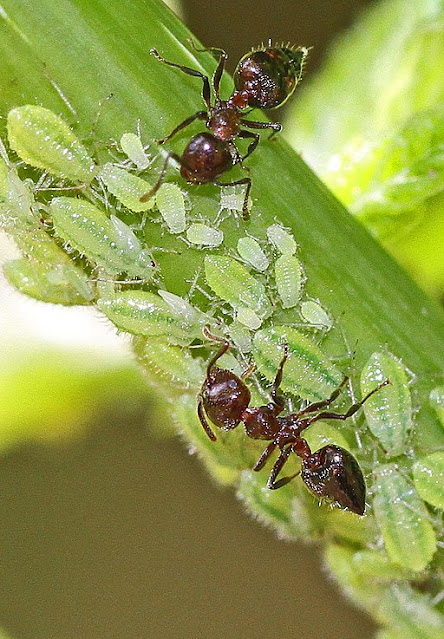
Aphids and ants go hand in hand and are common pests for beans. Check out our comprehensive guides to ant and aphid control if you need some help eradicating these unwanted guests.
Thrips

Thrips multiply very quickly, so it’s important to nip them in the bud. Check under leaves and if you find any, give them a blast of water from your hose. A homemade neem oil solution can also be effective in controlling thrips.
Spider Mites
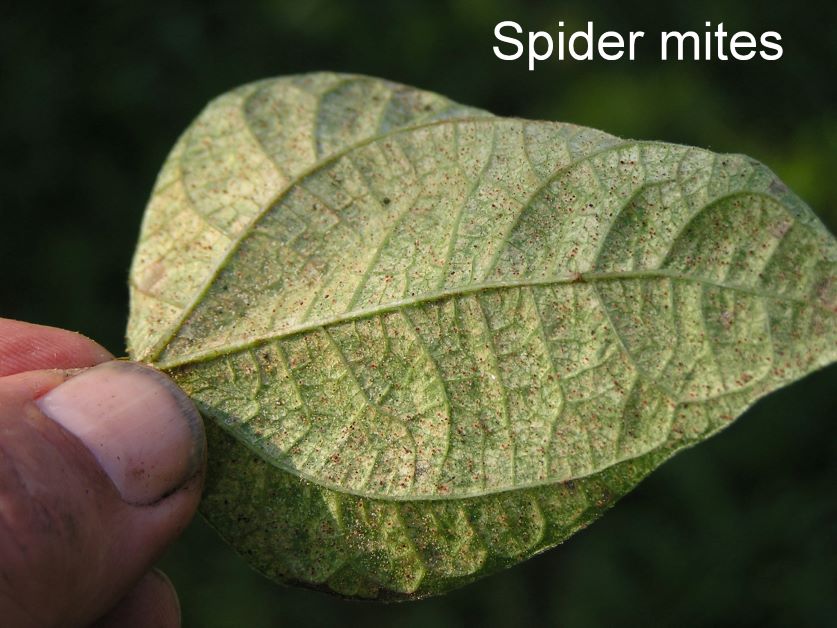
Spider mites are tiny and hard to see – it’s easier to find signs of spider mites rather than the bugs themselves. Spider mite hallmarks include webbing under leaves and yellow, mottled foliage.
Spider mites tend to attack plants that are unhealthy and under stress. Insecticidal soap, horticulture oil, or a blast from the hose can all help control mites but if the infestation is bad enough, you should rip up affected plants. Spider mites can spread and overtake a garden almost overnight.
Diseases
Rust, Root-Rot, and Other Fungal Diseases
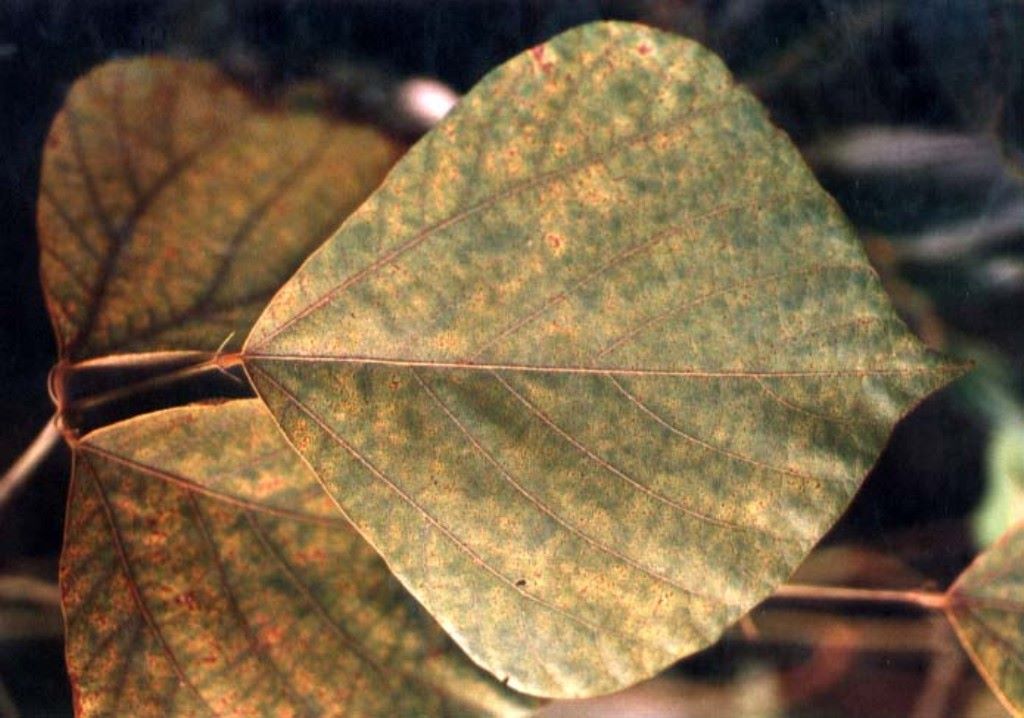
Rust, root-rot, and fungal diseases like fusarium wilt and blight are the main diseases that affect bean plants in Florida. This is due to our high humidity. Since we have no control over how humid it is, the best way to prevent fungal issues is to water your plants correctly.
- Use a water wand to water your beans at the base instead of from overhead.
- Let your soil dry out before watering again. Always do the touch test – stick your finger into the soil and only water if it’s dry up to your second knuckle.
- Install drip irrigation, if possible.
Also, be sure that your beans get enough sunlight. Not only are beans a full sun plant, but sunlight helps to keep fungus at bay, too.
Featured Image Credit: Photo Team

